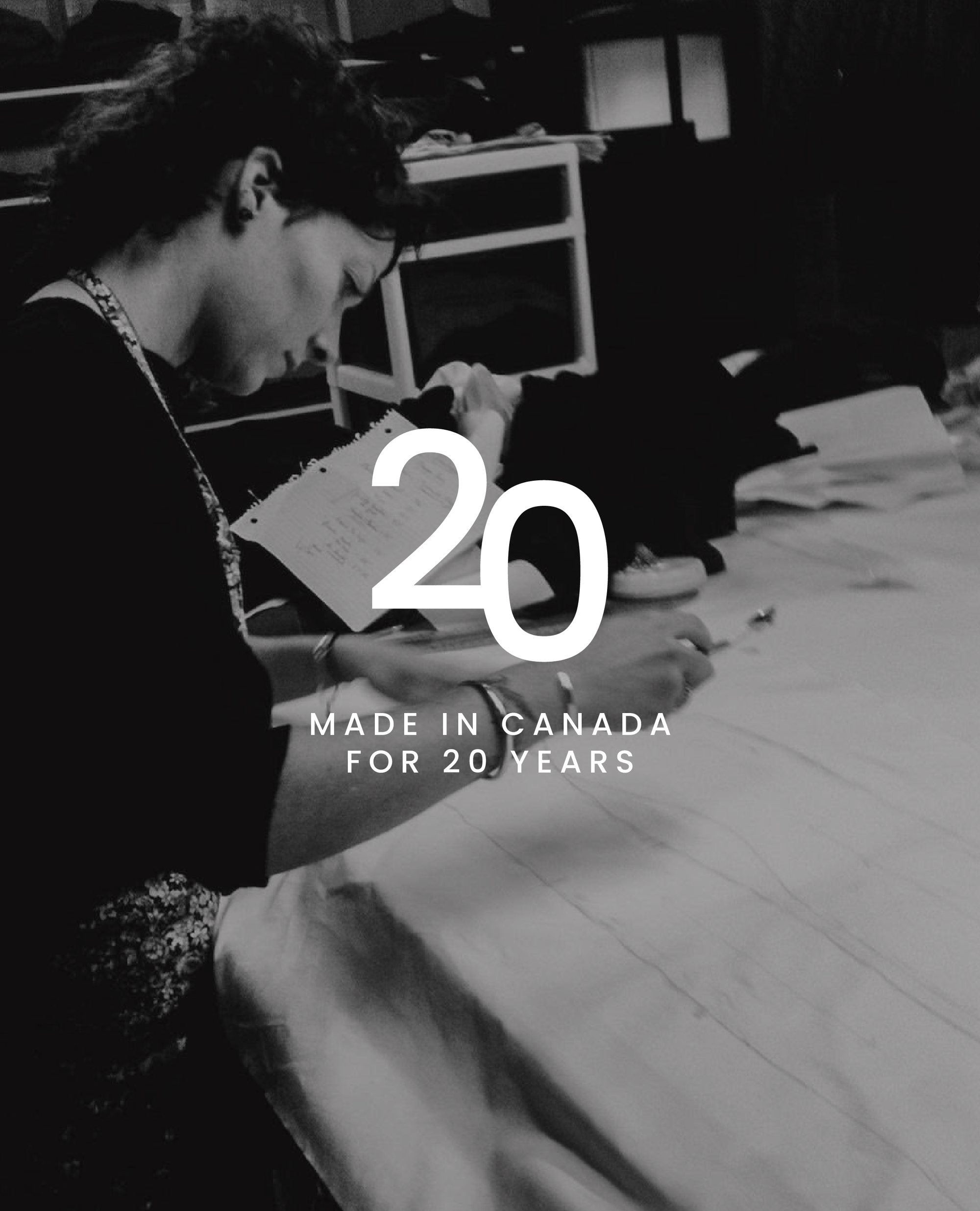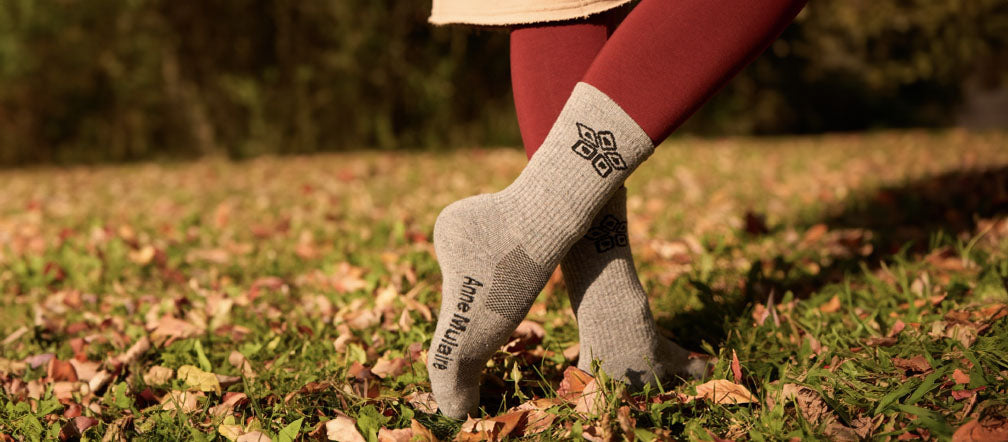La récession de la slow fashion : qu'est-ce qui se cache derrière cette tendance ?
Ces derniers mois, une vague de fermetures a frappé le secteur de la slow fashion, suscitant des inquiétudes quant à la viabilité des marques soucieuses du développement durable sur le marché actuel. Des marques de renom comme ARQ, Selva Negra et Hera California ont mis fin à leurs activités, laissant leurs fans et leurs abonnés sous le choc. La fermeture de Mara Hoffman, pionnière de la mode durable, souligne encore davantage les défis auxquels sont confrontées ces marques éthiques.

La lutte pour la durabilité
Le mouvement de la slow fashion est né en réponse aux excès de la fast fashion, promouvant une consommation responsable et des pratiques de production éthiques. Des marques comme Hera California se targuaient de transparence, de pratiques de travail équitables et de l'utilisation de matières biologiques. Cependant, malgré cette philosophie positive, de nombreuses marques de slow fashion peinaient à maintenir leur rentabilité. Le coût de l'adhésion à des pratiques durables, conjugué aux prix élevés nécessaires à leur maintien, constituait un obstacle majeur pour de nombreux consommateurs.
Pressions économiques et évolution du comportement des consommateurs
Le contexte économique n'a pas été clément envers la slow fashion. L'inflation a érodé le revenu disponible des consommateurs, les rendant plus difficiles à justifier de dépenser davantage pour des vêtements produits de manière éthique. Parallèlement, le coût des matières durables et des salaires équitables a augmenté, comprimant les marges de marques déjà en difficulté financière. Ce double coup dur a contraint de nombreuses entreprises de slow fashion à réévaluer leur modèle économique, voire à fermer leurs portes.
Médias sociaux et saturation du marché
La croissance rapide des réseaux sociaux a initialement stimulé les marques de slow fashion, leur permettant de toucher directement des consommateurs soucieux de leur environnement. Cependant, les récents changements dans les algorithmes des réseaux sociaux ont rendu plus difficile pour les petites marques de concurrencer les grandes entreprises bien financées. De plus, le marché de la mode durable est devenu de plus en plus encombré, avec des marques établies et des nouveaux venus se disputant une clientèle limitée.

La tension entre l'éthique et le profit
Au cœur du mouvement slow fashion réside une tension fondamentale : la volonté d'encourager une consommation responsable tout en gérant une activité rentable. De nombreuses marques de slow fashion, comme Sotela et Loud Bodies, ont tenté de relever ce défi en privilégiant la transparence et une production éthique. Cependant, la réalité est que de nombreux consommateurs privilégient le prix et la praticité au détriment de la durabilité, ce qui complique la croissance de ces marques.
Regard vers l'avenir : l'avenir de la slow fashion
Malgré les défis actuels, le mouvement de la slow fashion est loin d'être mort. Certaines marques continuent de prospérer, trouvant des moyens créatifs de concilier éthique et viabilité financière. Par exemple, Eliza Faulkner a récemment ouvert une boutique physique à Montréal, tandis que d'autres explorent de nouveaux modèles d'affaires, comme des collections saisonnières ou des pièces en édition limitée.
On reconnaît également de plus en plus la nécessité de changements systémiques pour soutenir l'industrie de la slow fashion. Des initiatives comme la loi californienne sur la protection des travailleurs du vêtement et la réglementation de l'Union européenne sur les déchets de la mode constituent des avancées vers un écosystème de la mode plus durable. Les défenseurs de cette cause affirment que le soutien gouvernemental, notamment sous forme de subventions aux entrepreneurs de la mode durable, pourrait renforcer l'avenir de ce secteur.
Conclusion : un paysage complexe
Les récentes fermetures de marques de slow fashion mettent en lumière la complexité de la gestion d'une entreprise axée sur le développement durable. Si le mouvement a réalisé des progrès significatifs en matière de consommation éthique, il est confronté à des défis persistants sur un marché dominé par la fast fashion. Face à l'évolution du secteur, il sera crucial pour les marques de slow fashion de s'adapter, d'innover et de trouver de nouvelles façons de toucher les consommateurs qui apprécient à la fois le style et le contenu.
Références :
- Slone, Isabel. « Ce qui se cache derrière la récession de la slow fashion ». Business of Fashion , 11 juin 2024.







